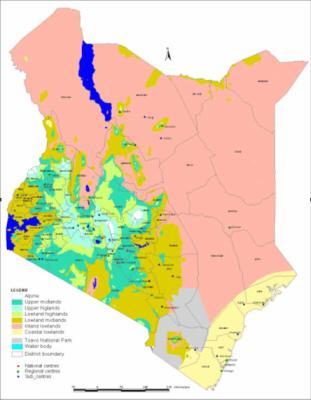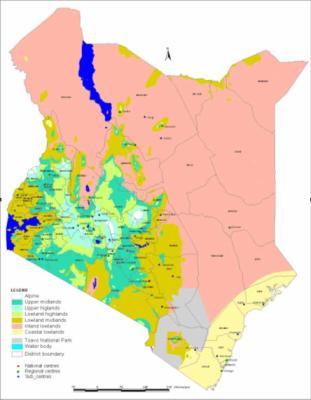

Millipedes
Apart from insects other pests reported to cause damage to sweet potatoes are millipedes. They are also known as "thousand-legged worms" or "Mombasa train". They have many legs (30-400) with a hard-shelled, round segmented body and are up to 30 cm long. They are brown to blackish brown in colour. They move slowly and curl-up when disturbed. Millipedes lay eggs single or in clusters of 20-100 in the soil. They live in moist soil and congregate around the plants in soil that is rich in organic content. They dry out easily and die. Thus, they seek wet places, such as compost piles, leaves and other plant debris, to hide under during the day.
Millipedes have recently become important pests of sweet potato in some areas of East Africa. Infestation tends to be severe at the beginning of the long rainy season often causing farmers to plant late. According to farmers in Uganda, millipedes generally do not affect the roots until 5 months after planting. They may be a problem when harvesting of sweet potato is delayed, especially if the roots are stored 'in-ground on the plants' during the dry season and harvesting is done at the first rains of the following growing season. Millipedes maybe a problem in nurseries located in shady sites (for example under a tree), especially if the nurseries are used for long time.
- In areas where millipedes are a problem, do not rotate sweet potatoes with crops that are also attacked by millipedes, in particular groundnuts, and to a lesser extent cassava and beans.
- Some varieties are perceived by farmers in Uganda to have some tolerance to millipede damage: "Araka White","Tedo Oloo Keren", "Latest", "Lira Lira", "Odupa", "Ajara", "Bibi", "Chapananca", "Dyong Bar", "Josi-Josi" and "Acan-Kome-Tek".
